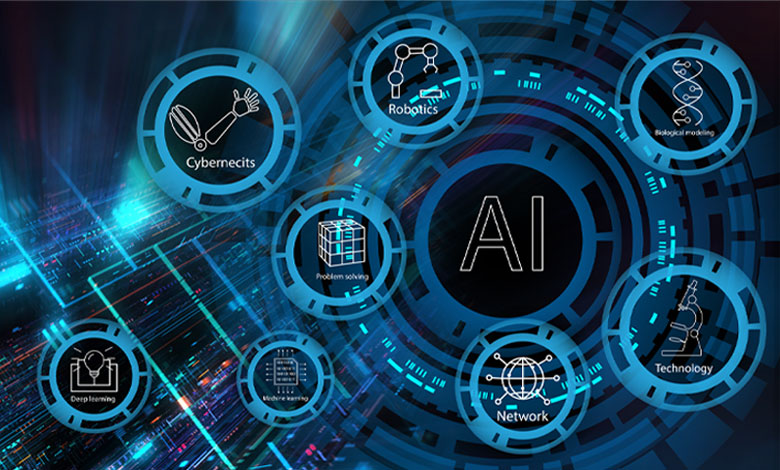Have you ever had to upgrade to your device and just knew it would take a bunch of time? You knew that once you dove in to make the changes, it would possibly change or delete your data, and risked taking more time to fix? I sure have.
Two weeks ago, I had to update my phone. The one I have is still what I consider new; I upgraded last summer from a phone that was 4 generations back, and it really needed to be retired. Lately, I had kept getting data tethering. When I called about it, the carrier I use said, “Well, that happens, it’s a known issue.” So, I made the decision to change.
I logged onto the cell carrier’s website and clicked on the “activate device” button. I was walked through the process, but at one point I felt that I needed to talk to a rep, so I clicked on the “chat now” link. Within seconds, I had a representative asking how they could help me. I began chatting with this representative, and after one of my statements I received this message, “We appreciate your being a long-standing customer with us! Please wait while we get a representative to help you.”
I sat there and for a fraction of a second, thought “Wasn’t I talking to a representative?” Well, I was, except that rep was part of the machine learning code, a chat bot built into the carrier’s website. I have noticed more and more of these bots online in different websites. Maybe you have also noticed there are these very friendly “people” who are available at all hours to assist you. How has this happened?
Azure and AI
That online chat representative I thought I was talking to was an AI bot. This is a piece of software coding that has perimeters that are programmed to respond to multiple situations. If the problems seem to be more complex, the app is structured so that it will contact a live representative. For me, it tricked me into thinking I was talking to a human! This new technology is considered a specialty that Azure offers. I have discovered that Azure has a whole AI aspect that lets you run some interesting functions.
I don’t always think about what’s behind that chat request or Bing search I am typing in; how many people do? If I am looking for something for one of my horses, I just type in the request, and in a fraction of a second I have 10,456,998 results for flysheets or bridles. I give no thought to how that search was made. But in that search is a complexity of Azure AI that is bringing me the info I ask for.
We often talk about the IoT, Internet of Things, but what is it really? AI isn’t just about my talking to a bot representative, or my system knowing that I search for horse related products and information, and it makes suggestions for me. It can do so many things across so many industries. It is so flexible and easily capable of functions like making a full search of all the content in a system and then finding patterns or key phrases. I read recently that Microsoft invested a billion dollars to partner with a company to use AI to train and run their AI software. The Azure AI is going to train and run another AI system. Okay, my mind is spinning.
AI in the Home
AI isn’t just in data centers, but also our day-to-day home life. In some households, the refrigerator knows when the milk is low and adds it to a list you can retrieve on the app for the fridge. People have smart homes that are integrated with software that can adjust the temperature at different times during the day or turn lights on. Let’s not forget about Alexa, who now can tell us jokes, have a conversation with us, or open the garage when asked. What I find fascinating is that the artificial intelligence is not like what I imagined when I saw C3PO or the robot from Lost in Space. The AI of today is like a flexible fabric that can acclimate to an app, website, or data center.
The whole world of artificial intelligence, machine learning, and quantum computing can be overwhelming. There are so many facets to the technology it is hard to know where to begin. Jamal Khan, our President of Global, Digital, and Ecommerce was recently a guest on our podcast TechSperience, and he really helped me understand what AI is and where it is going and showing up in our lives. In his episode, Jamal breaks down the evolution of AI. I have learned something new each time I listened.
Now I am seeing the cell phone I use as an extension of my laptop, not just my phone. Because of the abilities of Azure and AI, I can hold a meeting on Teams with my cell phone, make a call, order lunch, and pay bills—sometimes simultaneously. There are hidden technologies all around us powering the things that help us do our daily tasks, and many times we don’t even think about how they got there.

